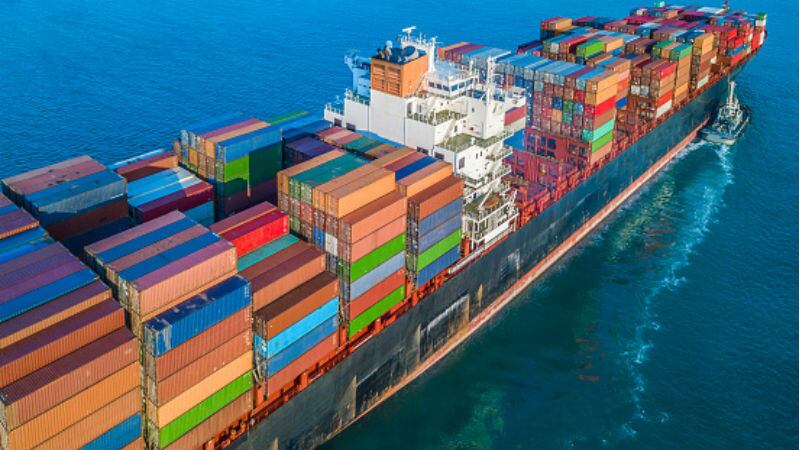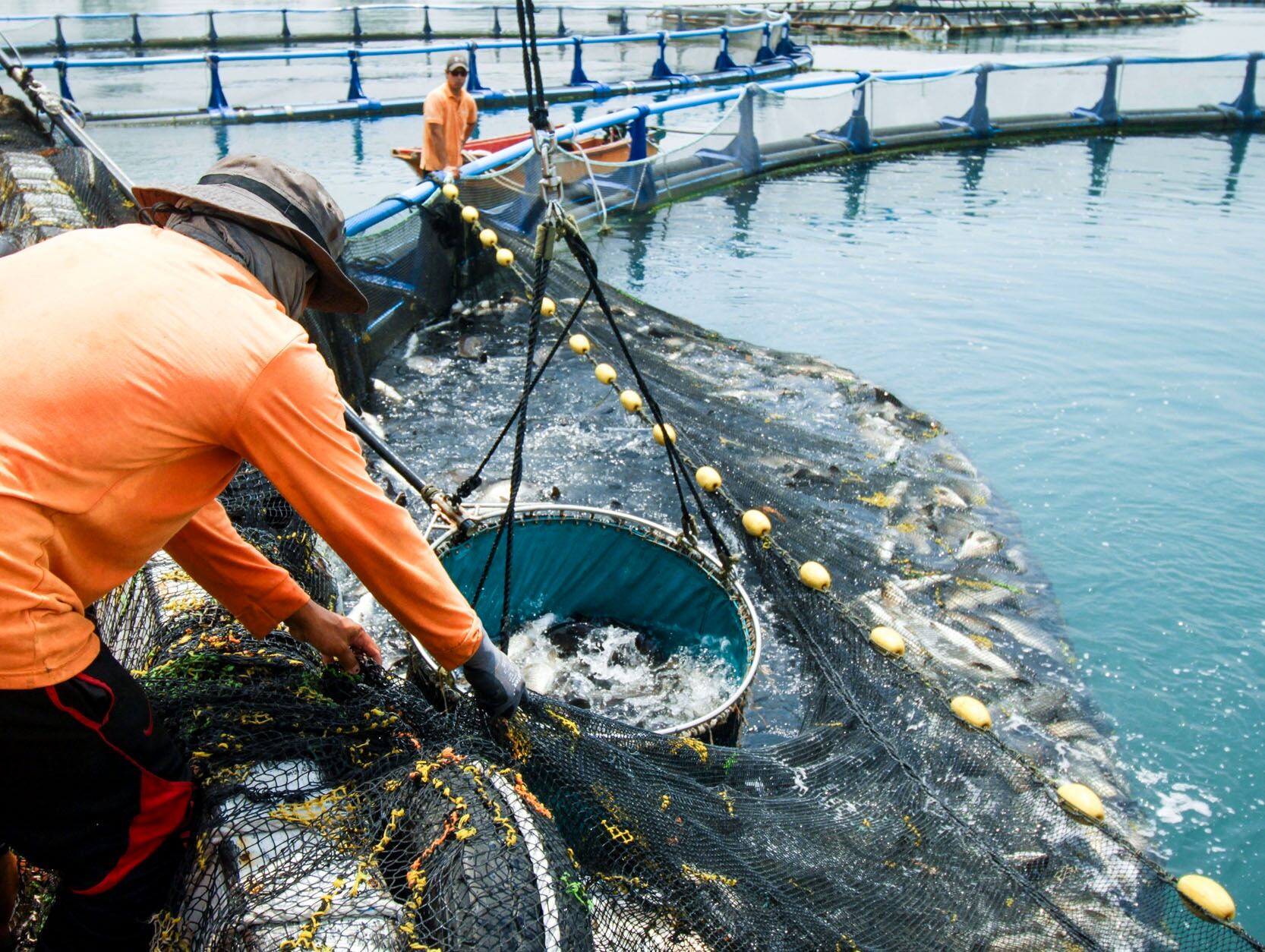This was predicted by Thailand’s Office of Trade Policy and Strategy (OTP), which saw Thai exports continue to grow even at the height of the pandemic in April, with the food and agricultural sector, especially rice, having emerged as ‘the star’ during this time.
According to OTP data, Thai exports in April 2020 stood at U$18.9bn in value and grew 2.12% despite COVID-19. Within this, food and agricultural exports totalled 19.7% of all exports, the highest that the department has seen in eight years, and over 3% more than the 15% to 16% seen in recent years.
Amongst the items seeing huge overseas demand are rice, seafood, fruit and other frozen and processed food products.
“At the moment, there are orders for many types of Thai products waiting in foreign countries,” said OTP Director Pimchanok Wonkornphon in a formal statement.
“During the outbreak of COVID-19 virus, agricultural and food products have been highly demanded in foreign markets. [This situation] is expected to grow continuously for at least one to two years, which is an opportunity to expand Thailand’s market.”
Wonkornphon also told Bangkok Post that this could be a ‘new normal’ for Thai exports, and that the proportion of these food and agricultural exports could surpass 20% in 2020.
That said, she lamented at a separate press conference that logistics and transportation issues have stood in the way of Thailand truly reaching its full potential.
“The issue here is that various orders, [especially for food items], have been caught and stuck due to the problem of international transportation. If this is corrected, it will help push forward Thai exports to rise even more in the future,” she said.
All modes of export transportation from Thailand have seen different challenges – For land transport, which is crucial to its dealings with Laos, Vietnam and China, congestion is a major issue, as are regulatory measures that apply to truck drivers, border opening and closing times, sanitary and phytosanitary measures and more.
“There are many practical problems and obstacles to cross, hence the Thai private sector is requesting that the government talk to China and suggest opening another port on the Mekong river for direct fruit exports there. The Ministry of Agriculture and Cooperatives is in discussions with China now,” she said.
Shipping export goods by sea carries its own set of problems, which are mainly hygiene and price-related.
“At this point, the early problem is [the] sterility of containers and ocean liners that carry goods and preventing the product from being contaminated. Beyond that, there is also the issue of international trade volumes having reduced greatly due to declining demand from all countries due to COVID-19 and lockdowns,” said Wonkornphon.
“This resulting decrease in boat/sea freight volumes has thereby made it more expensive because of empty containers, and carriers have opted to preliminary solve this by reducing the number of containers and boat trips – which in turn means less products can be exported. We need to wait for the demand to return for boat trips and the number of containers to return to near normal levels.”
A similar pricing issue has been seen with air transport, which also has added distribution costs due to limited flight routes currently in operation.
Optimistic outlook
Wonkornphon also highlighted administrative issues such as documentation, stock management and financial documentation though she believed that these will decrease as the COVID-19 situation eases.
“In addition to practical transportation problems, a lot of the issues we see are administrative delays in partner countries dues to lockdowns and many staff working at home, drawing out the time needed to clear goods,” she said.
But this has not dampened her optimism for Thai food and agricultural product exports to appeal to global consumers, especially as the world moves to recover from the outbreak and situations in the various countries normalise.
“That said, Thai products still have a large demand in the international market, especially products that solve the problems in the ‘new normal’, where people’s lives and work arrangements will change after COVID-19 - ready-made foods, for example.
“This is why Thailand should accelerate marketing during this time, to raise awareness and consumer interest.”





